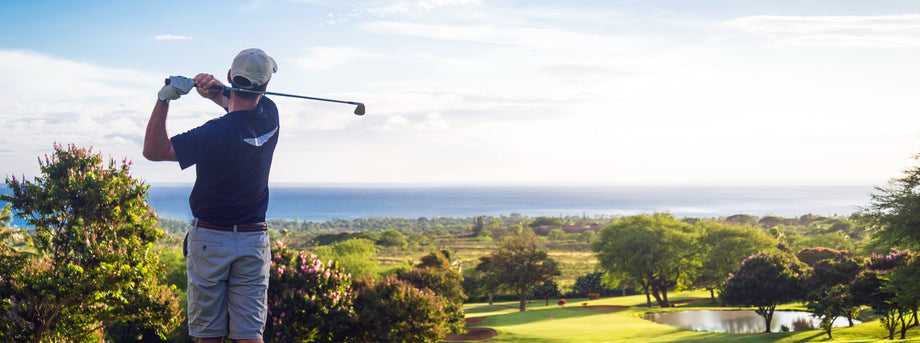
Golfer’s elbow is a type of tendonitis (inflammation of tendons) that affects a specific part of the elbow joint where the tendons in the forearm connect to the inside of the elbow. The condition gets its nickname because the movements in golf (swinging a club, putting, e.g.) can be aggravating to this area of the arm.
Just like tennis elbow -- which usually affects the outside of the elbow -- it is not just golfers who suffer from this kind of tendonitis. Ironically, many tennis players also suffer from golfer’s elbow from gripping the racquet. Other repetitive motions that involve gripping or twisting the hands can result in golfer’s elbow as well like trade jobs, typing, throwing sports (baseball, football, archery, etc.), and weight lifting.

Symptoms of golfer’s elbow include:
- Pain and tenderness. This can occur on the inside of the elbow, in the forearm, and into the fingers.
- Numbness or tingles. This symptom generally occurs in the hands or fingers, particularly the ring and pinky fingers.
- The condition can cause the elbow joint, wrist, and hands to be stiff.
- Sufferers can find it difficult to make a fist or grip things.
Just because you are dealing with golfer’s elbow doesn’t mean you have to pack away your clubs or take time off of work. The proper brace can both ease painful symptoms of golfer’s elbow and ensure you prevent future overuse injuries.
Qualities of the Best Brace for Golfer’s Elbow
- Support. The best braces are going to support your elbow, wrist, and hands. You want material that is strong enough to support the joints and muscles -- without restricting movement too much.
- Compression. A brace that supports and provides compression is ideal. The compression element boosts circulation which helps reduce swelling, lessen inflammation, and speed up healing.
- Flexibility. While it is important to fully support the forearm and elbow, you don’t want a brace that completely restricts motion. Increasingly, the medical professional is finding that movement is the fastest path to recovery -- not rest. Find a brace that still allows you a comfortable range of motion.
- Form. One of the main causes of golfer’s elbow is performing repetitive motions with poor form. A quality brace will help you maintain proper form by restricting or preventing overextension of the joint. A brace can be a great physical reminder of proper form as you get back to your sport or profession.

If the brace encompasses all the qualities above, you can be confident that it will be a helpful tool in treating golfer’s elbow.
